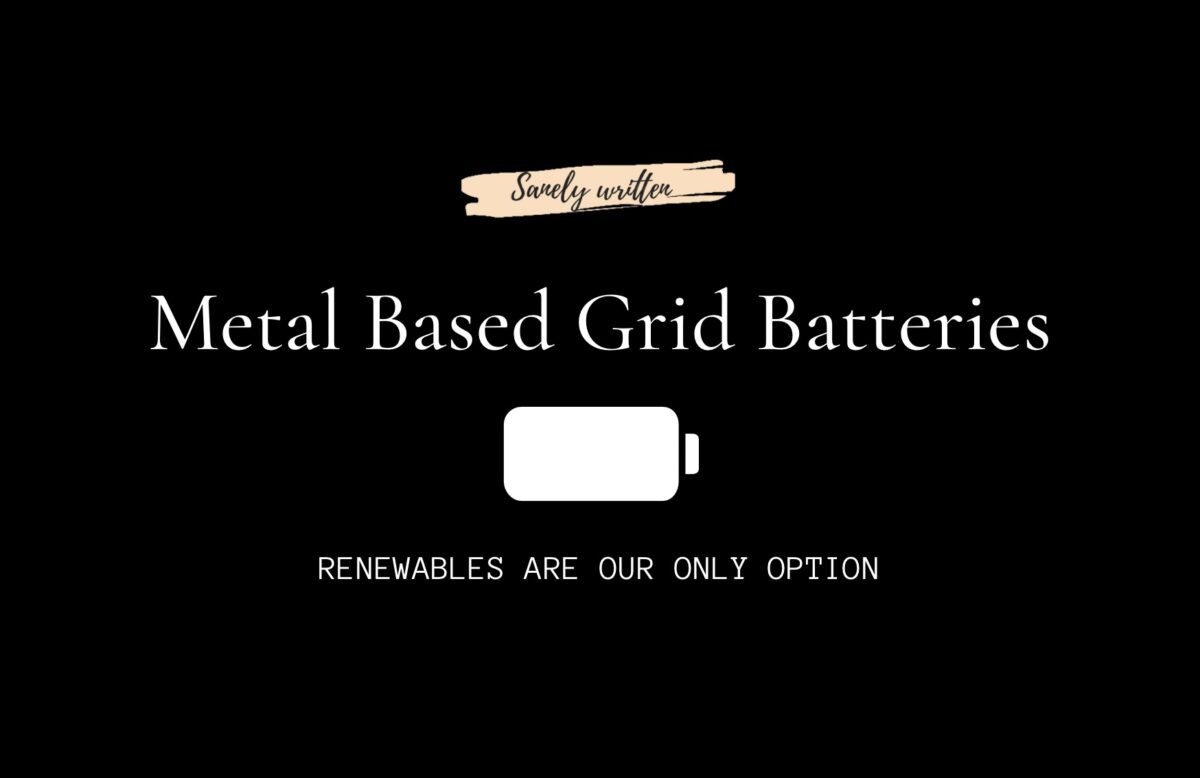- On a sunny afternoon in April last year, a unique record was set up. For a few seconds, renewables were able to supply 94.5% of the demand of California’s main electric grid.
2. That was a big achievement on the path to decarbonization but one question remains, what happens when the sun sets or the wind stops?
3. The answer to the question is batteries!! simple; or maybe not.
4. Due to the inconsistent nature of the power production by renewables, we’ll need to store a lot of energy, for a lot of time.
5. Flow batteries might be up to the task. These are new sorts of iron-based batteries made from iron, salt, and water that provide a cheaper and non-toxic alternative to store enough clean energy to use when the sun isn’t shining.
6. While visiting the headquarters of ESS in Wilsonville, Oregon, an experimental battery module built about a decade ago is one of the first things you see. The company’s founders built it to meet the challenge that the world is facing today- storing electricity on a massive scale.
7. It is approximately the size of a toaster, and each subsequent version of it is bigger than the last. The main focus of the innovators is to make the batteries capable of storing a lot more energy than is economically feasible with grid-connected lithium-ion batteries (limited to about 4 hours of storage currently).
8. ESS’s design largely consists of cheap, abundant, and non-toxic materials: iron, salt, and water, unlike today’s lithium-ion batteries.
9. ESS’s iron “flow batteries” are just one of several other energy storage technologies that are suddenly in demand due to the push to stabilise the climate by decarbonizing the electricity sector.



